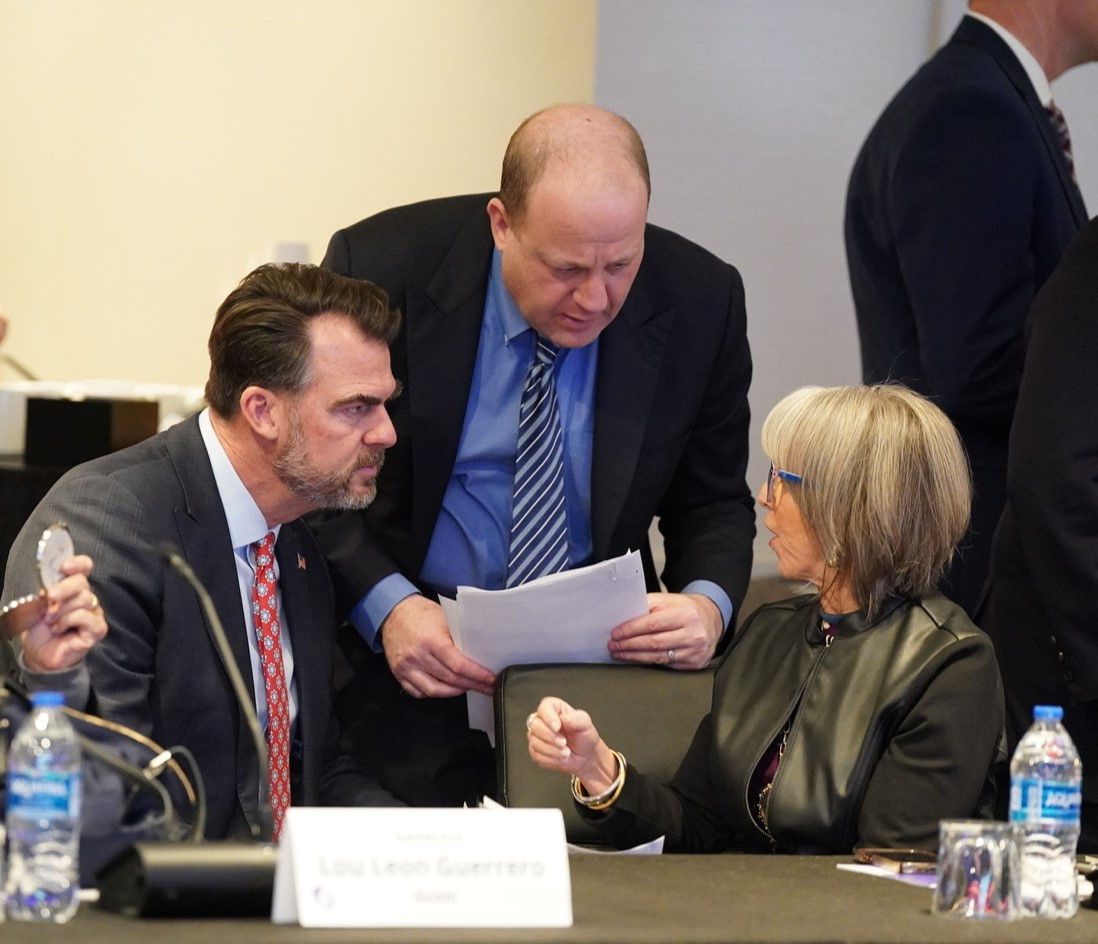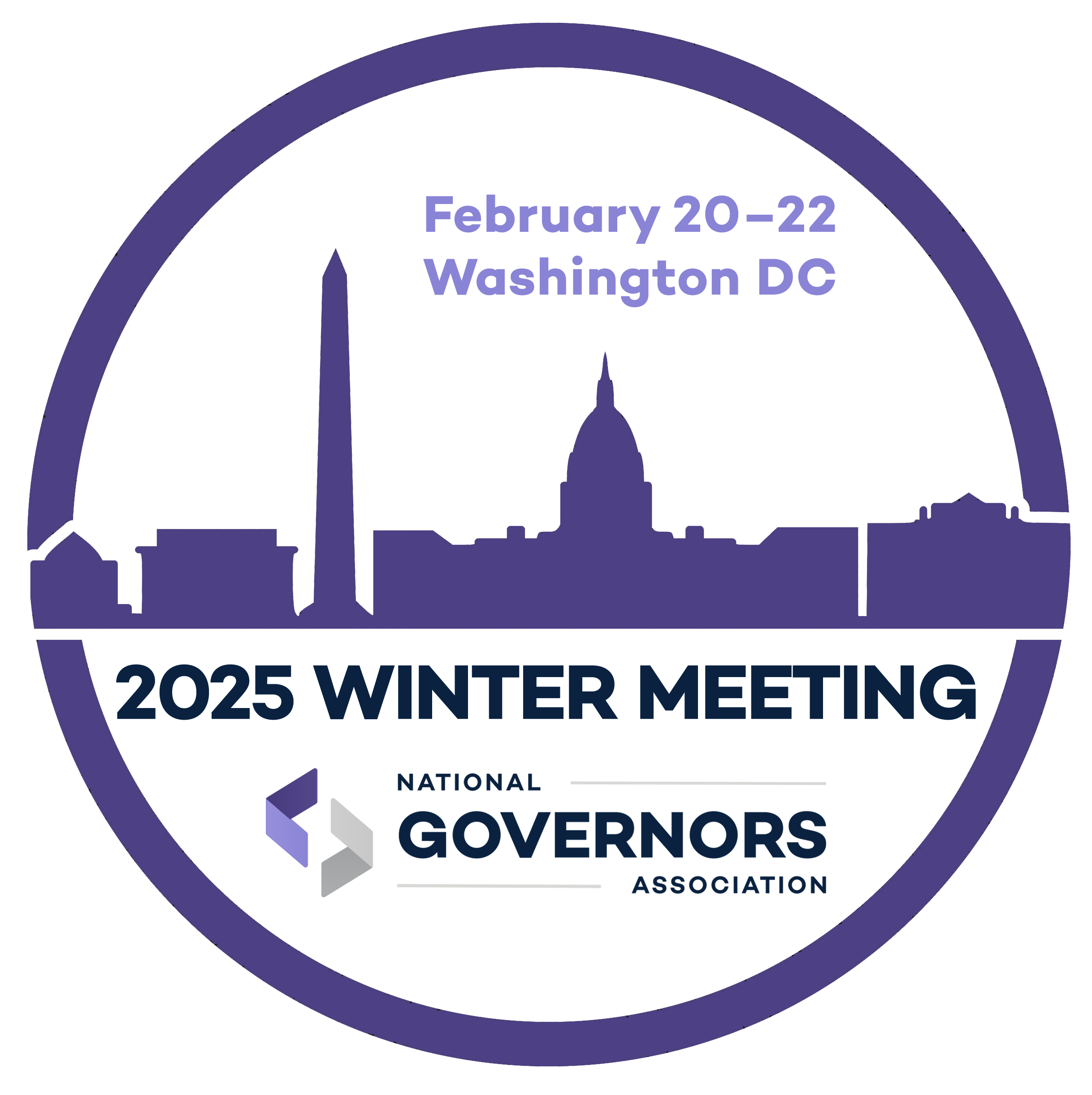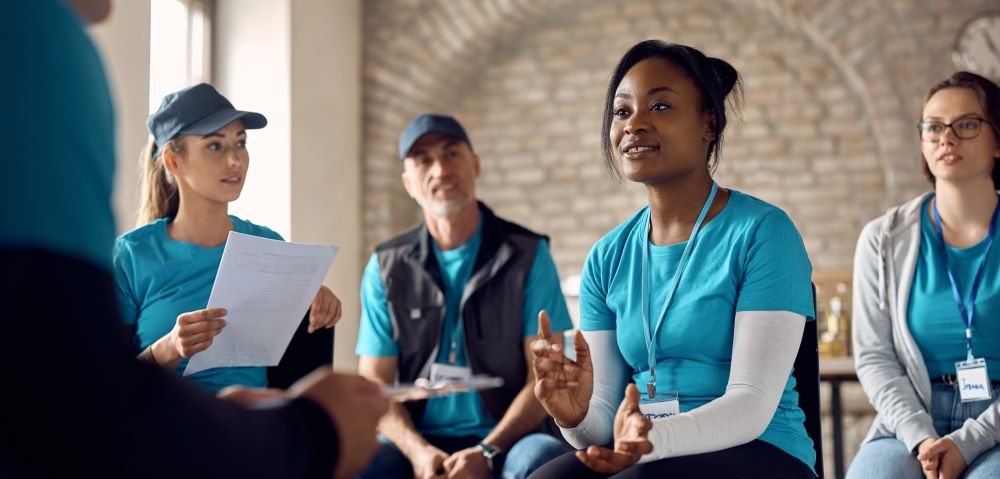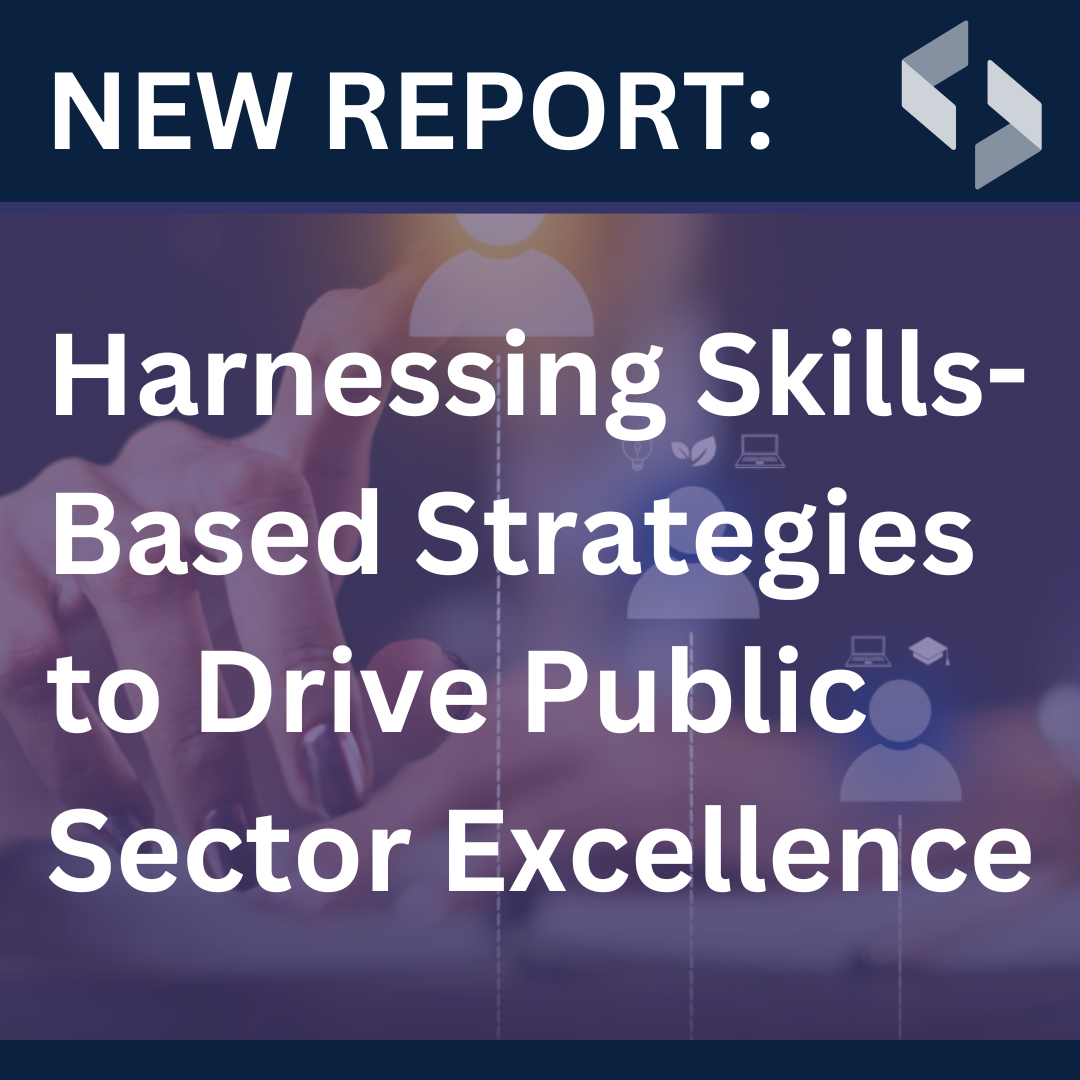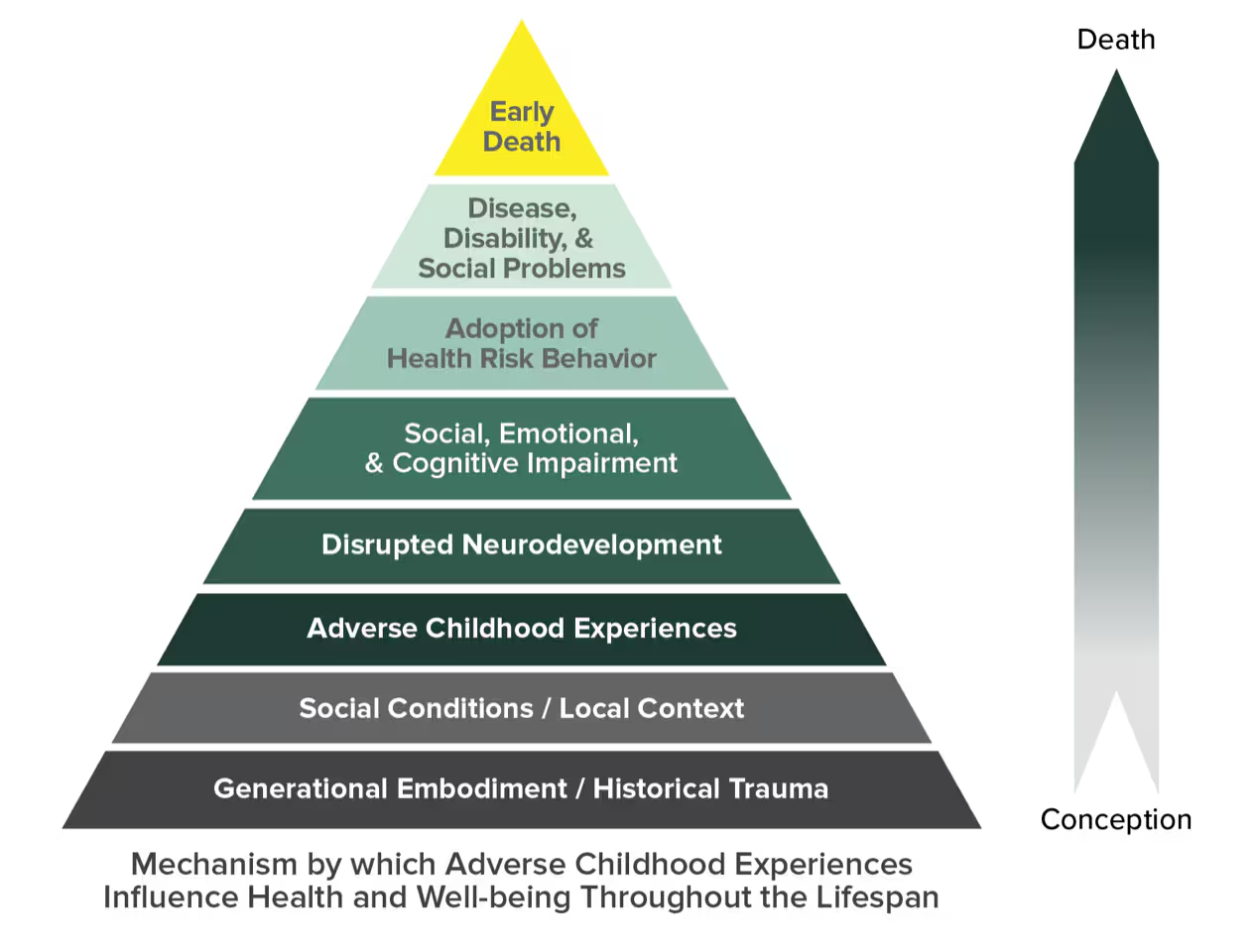The economic and societal instability from COVID-19 revealed the inequities in our education and workforce systems and forced policymakers to go to extraordinary lengths to ensure that programs remained accessible. This brief looks at how states are improving equitable access to work-based learning.
(Download)
The economic and societal instability brought on by the COVID-19 pandemic compounded and laid bare the inequities in American education and workforce systems. It also forced policymakers to go to extraordinary lengths to ensure that programs remained accessible. Amid these unprecedented challenges, the states in the NGA Center’s Policy Academy on Scaling Work-Based Learning convened monthly from December 2020 through May 2021 to share strategies for ensuring equitable access to and success in work-based learning (WBL). Throughout the programming, the Policy Academy’s mentor states exhibited best practices that were not only essential for the stability of their programs during the pandemic but are key pillars for scaling equitable work-based learning systems. These are:
1. Place equity at the center of Perkins V Plans
2. Integrate work-based learning achievement into statewide postsecondary attainment goals
3. Build the capacity to collect and disaggregate student outcomes
Place equity at the center of Perkins V Plans
Perkins V Plans can serve as a vehicle for enacting a top-down, statewide strategy for improving equity in WBL. Required elements of Perkins V Plans such as the Vision offer a clear opportunity for policymakers to put forward such a narrative. Additionally, states have full discretion over the allocation of Reserve Funds authorized in Perkins V and can leverage them to advance equitable access and outcomes.
The Rhode Island Department of Education (RIDE) drew on an excerpt from Governor Raimondo’s 2019 Inaugural Address to set an equity-centered vision for Perkins V. RIDE also created a new grant program with Perkins V Reserve Funds aimed at closing access and attainment gaps in WBL.
“The Governor’s challenge envisions a Rhode Island where individuals from all income and skill levels, no matter their present circumstance, can rise up the career ladder and improve the economic circumstances for themselves and their families.”
Governor Gina Raimondo
Rhode Island school districts are eligible for an Equity Grant if they have a strategy for closing attainment gaps among the populations that are underrepresented in WBL according to RIDE’s 2015-2016 analysis. These groups are:
- English language learners,
- women,
- students with a disability,
- students of color, and
- low-income students
Integrate work-based learning achievement into statewide postsecondary attainment goals
Forty-three states have formally set their sights on a precise percentage of their working-age population earning a postsecondary credential by a specified year. In 2018, the Alabama Workforce Council called for adding 500,000 highly skilled employees to the workforce by 2025 – a benchmark that would put their statewide postsecondary attainment rate at 60%.
Historically underserved populations named by the Alabama Workforce Council include:
- out-of-school youth,
- disabled and special needs individuals,
- English language learners,
- first-generation college students,
- low-income individuals,
- minorities,
- rural residents, and
- single-parent households.
“By aligning workforce development programs around the attainment of valuable credentials, postsecondary graduation credit, and work-based learning experience… we will continue to lead the way in industry recruitment and have the best workforce in America.”
Governor Kay Ivey
The Council also identified participation in work-based learning programs and support for populations who have been historically underserved in Alabama as key to achieving its attainment goal. Supportive measures listed by the Council include meeting students’ basic needs such as transportation, healthcare, and childcare.
Build the capacity to collect and disaggregate student outcomes
When Governor Inslee signed HB 2158 in 2019 and codified Washington’s statewide WBL network – known as Career Connect Washington (CCW) – he did so with the bold, overarching goal that demographics would not predict student outcomes in WBL.
To measure progress towards this goal, CCW stakeholders established a cross-agency workgroup to develop protocols for collecting enrollment and outcomes data. Career Connect Washington partner agencies have data sharing agreements with Washington’s Education Research Data Center that allow for enrollment and outcomes data to be disaggregated by key demographics. CCW has published a dash-board that displays enrollment figures across race, gender, income, and rurality as compared to Washington’s statewide enrollment profile assembled by the Superintendent of Public Instruction.
“Career-connected learning gives students practical work experiences that help them move forward with determination and purpose, no matter what path they choose.”
Governor Jay Inslee
Author
Jack Porter, Policy Analyst, NGA Center for Best Practices.
The NGA Center for Best Practices, with support from Siemens Foundation, is assisting states in scaling high-quality work-based learning programs for youth and young adults in STEM-intensive industries.

